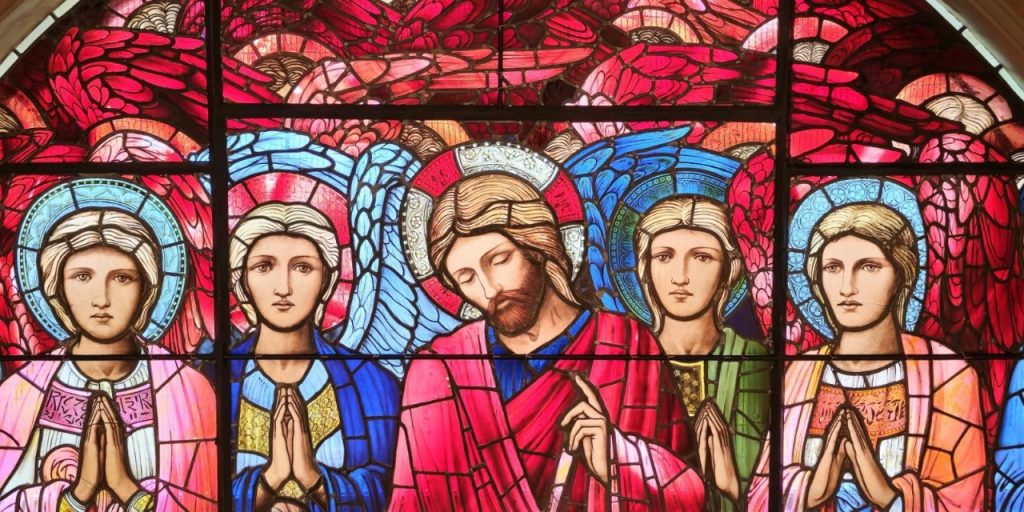Stained Glass Preservation: Keeping History Alive

Introduction
Few art forms capture the passage of centuries as vividly as Stained glass. From the glowing Gothic windows of medieval cathedrals to intricate Renaissance panels, these luminous works are living records of artistry and devotion. However, the beauty of stained glass is also fragile—susceptible to weathering, pollution, and time. Preservation is essential to ensure that future generations can continue to experience the history, craftsmanship, and spiritual meaning embedded in each piece.
The Importance of Preservation
Stained glass is more than a decorative feature; it is an irreplaceable cultural artifact. Each panel reflects the skills, materials, and artistic vision of its era. Without careful preservation, centuries of heritage could be lost. Churches, museums, and private collectors all share the responsibility of protecting these treasures.
Cultural and Historical Value
Medieval and Renaissance stained glass windows tell visual stories of faith, morality, and community identity. Preserving them safeguards both their artistic value and their role as historical documents.
Common Threats to Stained Glass
Preserving stained glass requires understanding the factors that cause deterioration. These threats can be environmental, structural, or human-induced.
Weather and Climate
Exposure to rain, wind, temperature fluctuations, and ultraviolet light can cause glass to crack, colors to fade, and lead cames to weaken.
Pollution and Corrosion
Urban pollution, acid rain, and airborne particles can erode the glass surface, leading to pitting and loss of painted detail in stained glass panels.
Structural Stress
Shifting building foundations or improper window support can place uneven pressure on stained glass, causing fractures and misalignment.
Preservation Techniques
Effective preservation of stained glass combines preventive measures with skilled restoration when necessary.
Regular Inspection and Maintenance
Routine checks can identify early signs of deterioration, such as loose lead joints, moisture buildup, or cracking. Early intervention prevents more extensive damage.
Protective Glazing
Installing a secondary outer layer of glass shields historic stained glass from direct exposure to weather and pollution. This method must allow for ventilation to prevent condensation between the layers.
Cleaning Procedures
Cleaning stained glass requires gentle, non-abrasive methods. Harsh chemicals can strip paint or damage the surface, so conservators use specialized solutions and soft brushes.
Releading and Structural Repairs
When the lead cames weaken, releading may be necessary to restore stability. Skilled artisans carefully dismantle and rebuild stained glass panels, preserving as much original material as possible.
Role of Restoration in Preservation
Restoration is often essential to the long-term survival of stained glass. It involves replacing missing or severely damaged pieces while maintaining historical accuracy. Expert restorers match the texture, color, and composition of original glass, ensuring that repairs blend seamlessly.
Balancing Authenticity and Function
While restoration improves stability and appearance, it must respect the original design. Over-restoration can compromise historical integrity, making it crucial to retain authentic materials whenever possible.
Modern Technology in Preservation
Advances in technology have improved the way stained glass is documented and conserved. Digital imaging, 3D scanning, and spectral analysis allow conservators to record every detail before work begins. These tools also help identify the composition of pigments and glass, guiding accurate restoration.
Public Involvement in Preservation
Preserving stained glass is not solely the work of experts. Public awareness campaigns, fundraising, and community engagement play a vital role in protecting these works. Many restoration projects rely on donations and grants, with volunteers assisting in documentation and education efforts.
Conclusion
Stained glass preservation is a delicate balance between protecting historical authenticity and ensuring structural stability. From preventive care to advanced restoration techniques, every step plays a role in keeping history alive. These luminous artworks have survived centuries of change, and with proper care, they can continue to inspire wonder for generations to come. Whether in a grand cathedral or a private collection, each preserved window is a testament to the enduring legacy of craftsmanship, faith, and artistry.